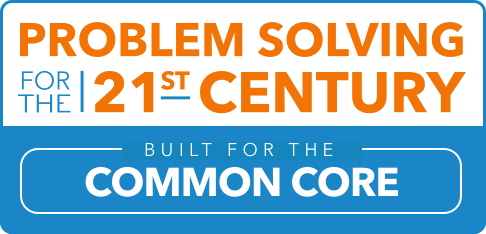Products and Quotients with Decimals Unit
Standards covered:
-
5.3 Number and operations
-
5.3D
Represent multiplication of decimals with products to the hundredths using objects and pictorial models, including area models. -
5.3E
Solve for products of decimals to the hundredths, including situations involving money, using strategies based on place-value understandings, properties of operations, and the relationship to the multiplication of whole numbers. -
5.3F
Represent quotients of decimals to the hundredths, up to four-digit dividends and two-digit whole number divisors, using objects and pictorial models, including area models. -
5.3G
Solve for quotients of decimals to the hundredths, up to four-digit dividends and two-digit whole number divisors, using strategies and algorithms, including the standard algorithm.
-
5.3D
The Products and Quotients with Decimals Unit involves using patterns and place value to develop strategies to multiply and divide decimals. Questions to answer may include:
- How are the properties of place value (additive, multiplicative, base-ten & positional) useful in developing efficient procedures for multiplying and dividing decimals?
- How can mental math, rounding, and/or the use of compatible numbers help to determine whether a solution is reasonable?
- Given an equation involving finding products and/or quotients with decimals, how can you create a situation to match it?
Summative Assessment Task
Students determine how many miles a teacher rides her motorcycle to school and back home again. Students also determine if the teacher stays within her gas budget if she rides to school and back five days a week for four weeks.
Instructional Tasks/Formative Assessments
Students determine which of two stores is offering the better buy on plastic plates.
Students determine how much money three girls spent on their individual insect collections.
Students determine how much money is earned for an end of the year field trip.
Students determine how a family can get their laundry washed, dried and folded for the least amount of money, and done in the quickest amount of time.
Students determine the total rainfall for the first week of March and compare totals for the same time period over several years.
Students determine who will save more money at a buy-one-get-one-half-off sale on baseball jerseys.


The N/A classification refers to TEKS Standards that cannot be assessed through problem solving.
For this reason, tasks have not been included for these particular standards.